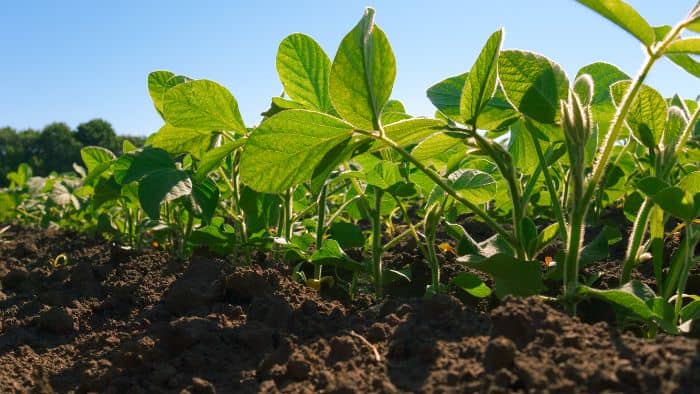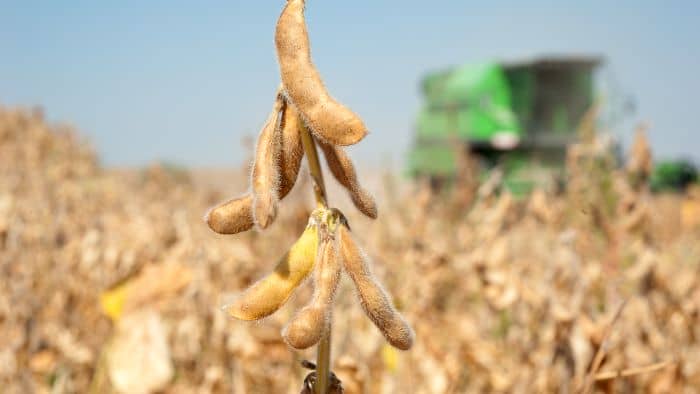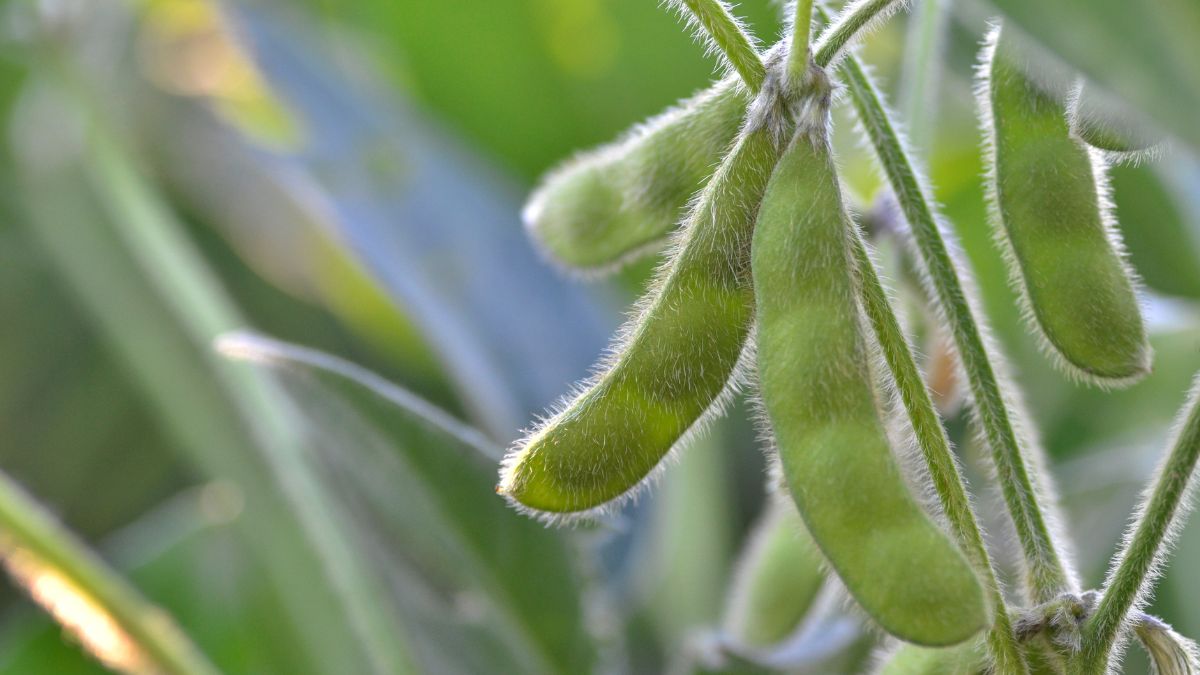Are you looking for answers to the Best Soil for Soybeans? If so, then the information in this blog post will be beneficial to you! Soybean is a legume that is vastly used in Asian countries for thousands of years. The people of China, Korea, and Japan have been using it as food and medicine long before it was discovered by the rest of the world.
Soybean is an upright leafy plant that may grow up to more than two meters in height when properly taken care of. Although this plant can grow in various soil types, the best crop is produced in soil that is warm, well-fertilized and has good drainage qualities.
Soybeans are rich in protein and contain no starch. This makes them the perfect source of protein in many health-conscious diets. They are also inexpensive and easily accessible from local garden centers and nurseries. In the article below, we discuss the best soil for soybeans, things to consider when planting them, and more!.
Things To Keep In Mind When Planting Soybeans
There are a few things to keep in mind when planning on planting soybeans. Firstly, you need to ensure you are planting them at the right time of year as it is best to plant them in the last weeks of spring or the first weeks of summer.
Also, the soybean plant grows well with the warmth of the summer sun. You will need to ensure they are planted in the best soil as this will give them the nutrition they need. Soybean harvests are abundant when grown in well-drained soil.
Rabbits love the soybean plant and will destroy your crops if they can get near it. Therefore, when planting the seeds, it’s advisable to erect a fence around the seedbeds to ensure the rabbits do not eat all your hard work for lunch!

What is the Best Soil for Soybeans
The best soil for soybeans is slightly acidic soil with a pH level of 6.5 or slightly above. The soil should be loamy, however, ensure that it is not sandy. Loose soil allows air to go down into the roots, allowing the correct amount of water to be soaked by the roots and soil.
This also ensures that there is no room for weeds to grow. Loamy soil is well-drained soil that retains the right amount of water for the soybean plant. Planting the soybean seed directly into the soil is said to be the best way to ensure a good crop is produced. Also, this plant needs direct sunlight and ample water to grow its best.
Due to the heat of direct sunlight in the summer, the soybean plant has to be watered regularly. When using fertilizer, do not add nitrogen fertilizer unless the root nodules show signs of not growing properly.
Keep in mind that the root noodles do not grow properly if the soil is toxic or has the incorrect pH. Watch this interesting video to get an insight into what the soybean harvesting season entails.
Steps To Plant Soybeans
There are different types of soybean seeds, each producing a crop that is used for a specific purpose. Amongst them is the green soybean seed that is usually cooked or steamed and added to dishes to enhance the quality of the food.
The yellow soybean seed is used to make soy milk, tofu, and a variety of other related products, while the black soybean seed is mainly used in Asian food.
Below, you will find the steps you need to plant your soybeans. Keep in mind that the best soil for soybeans will afford you a handsome harvest!
Steps:
- First and foremost, you need to choose the type of soybean seed you want to plant.
Choose a plot to start planting. Ensure the plot is big enough as the seeds need to be spaced out to allow the soybeans to grow. - Make sure the soil is loamy, well-drained, and isn’t packed too tightly.
- Pick the right time to plant. The best time to plant would be the last week of spring or the first week of summer.
- Prepare the seedbed by mixing fertilizer with the soil at least a week before your plan on planting.
- Prepare the seeds by placing them in a bucket and thereafter sprinkle them with some soil.
- Ensure that you keep this preparation away from direct sunlight for 24 hours.
- Plant the seed by poking a hole in the soil about four centimeters deep. Thereafter, space the seeds about eight centimeters apart. Remember to plant the seeds in rows.
- Water the soybean seeds until the soil is moist. Do not overwater the seeds as they could drown and not grow.
- Once your plant has sprouted a few branches it’s important to trim the branches that do not look as healthy as the others to ensure the best possible crop. Only trim the top at the leaves and be careful not to take off the whole root. It’s also best to use a pair of scissors to trim them.
What Are The Advantages Of Soybean Plantations?

There are several advantages of having soybean plantations. Not only is it inexpensive to grow and maintain, but it is also a sought-after essential food product used around the world.
The benefits of having your own soy plantation will afford you the privilege of a protein-rich food supply in your very own garden. Using the best soil for soybeans will also ensure that you enjoy an abundant harvest. Listed below are a few advantages that you should take note of.
Advantages:
- The plantation reduces poverty in the community by creating employment.
- Due to the huge demand for soybeans, it’s become a very profitable industry.
- The soybean plantation assists in economic development.
- The soybean is rich in protein and has no starch, allowing it to be easily adapted into any healthy diet.
- The soybean can be used to make many different products for consumption.
- This plant produces a variety of food products which include soy milk.
Conclusion
Soybean plants are an asset to have in any garden. Not only is it a healthy source of protein, but it is also easy to grow and maintain. However, it is essential to use the best soil for soybeans if you’re looking forward to an abundant harvest.
This plant can be produced in many different variants and consumed in numerous ways. Due to the soybean being one of the cheapest sources of protein, many people around the world have included it as a staple in their diets.
Although soybeans are largely produced in summer, they are available throughout the year. They are also popular amongst vegetarians and others who don’t consume meat products. Click on this link for more information on soybeans.

FAQs
[rank_math_rich_snippet id=”s-f07889ec-388e-478f-9410-49beb0d236a8″]

